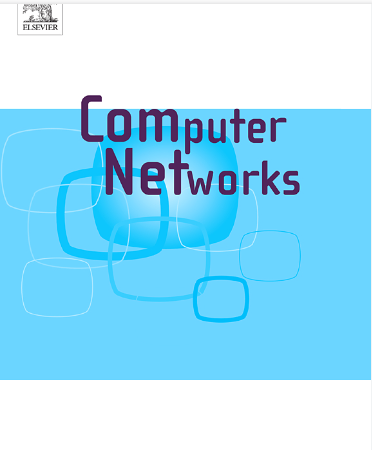Sum computation rate maximization for wireless powered OFDMA-based mobile edge computing network
IF 4.4
2区 计算机科学
Q1 COMPUTER SCIENCE, HARDWARE & ARCHITECTURE
引用次数: 0
Abstract
The wireless power transfer (WPT) and mobile edge computing (MEC) technologies have been advocated as the prospective effective solution for future wireless networks. This paper introduces a multi-user WPT-MEC system, where a sum computation rate (SCR) maximization design by jointly optimizing the WPT duration, the allocation of the subcarrier selection indicator of each user, each user’s transmit power, and the parameters related to different offload modes at each user is considered. In such a system, the hybrid access point (AP) broadcasts radio frequency (RF) energy intended for users to harvest, subsequently enabling users to transmit their computation tasks to the MEC server via the orthogonal frequency division multiple access (OFDMA) protocol. To address this non-convexity SCR maximization problem, a decomposition optimization is proposed. In the top-problem, the DRL-based deep neural network (DNN) model is applied to realize the computation selection indicator and subcarrier selection indicator among each user. In the sub-problem, for the binary offloading mode, an efficient two-stage algorithm with golden section search and intrinsic properties is utilized to determine the optimal values of remaining parameters. For the partial offloading mode, the problem is reformulated by introducing new variables and then the convex optimization techniques are utilized to efficiently obtain the corresponding solutions. Simulation results demonstrate the proposed approach outperforms the benchmark methods considered in both binary and partial offloading modes.
求助全文
约1分钟内获得全文
求助全文
来源期刊

Computer Networks
工程技术-电信学
CiteScore
10.80
自引率
3.60%
发文量
434
审稿时长
8.6 months
期刊介绍:
Computer Networks is an international, archival journal providing a publication vehicle for complete coverage of all topics of interest to those involved in the computer communications networking area. The audience includes researchers, managers and operators of networks as well as designers and implementors. The Editorial Board will consider any material for publication that is of interest to those groups.
 求助内容:
求助内容: 应助结果提醒方式:
应助结果提醒方式:


